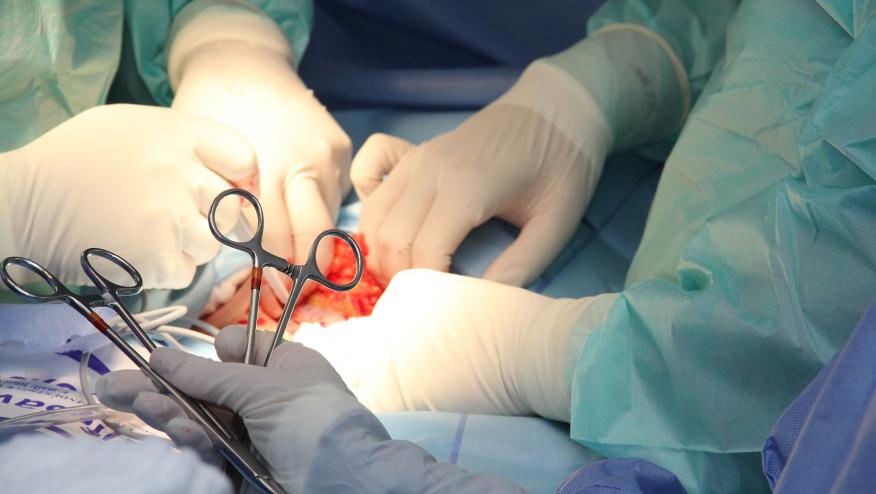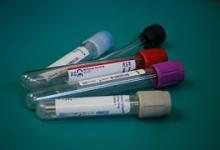Managing Perioperative DMARDs with Arthroplasty Save

Postoperative complications with arthroplasty may be related to chronic inflammation and immunosuppressive therapy. Yet a recent retrospective study in total ankle arthroplasty (TAA) in end-stage rheumatoid arthritis (RA) patients shows that early postoperative wound complications are unaffected by the continued use of their preoperative medications including disease modifying antirheumatic drugs (DMARDs).
A single center study of 34 patients (18 in the controlled group who modified there therapy; and 16 without DMARD change were in the uncontrolled group). The modification of perioperative anti-rheumatic medications was defined by the 2017 American College of Rheumatology/American Association of Hip and Knee Surgeons Guideline for the perioperative management of antirheumatic medications for total hip and knee arthroplasty. This entailed the continuation of conventional DMARDs (methotrexate, sulfasalazine, hydroxychloroquine, and leflunomide) throughout the perioperative period, but biologic agents (golimumab, adalimumab, etanercept, abatacept, infliximab, and certolizumab) were withheld at the end of their dosing cycle prior to surgery and were resumed at least two weeks after surgery.
Patients were followed for 2 years after three component mobile-bearing TAA. The primary outcome was the development of post-operative infection, and the American Orthopaedic Foot and Ankle Society (AOFAS) scores, the Foot and Ankle Outcome Score (FAOS), and the ASEPSIS score for wound assessment.
The mean age of the patients was 63.2 years. Most (31/34) were female. NSAIDs were used in 31/34 patients, conventional DMARDs in 25 patients, low-dose glucocorticoids (≤20 mg/day) in 13 patients, high-dose glucocorticoids in 5 patients, and biologic agents in 14 patients.
2 years postoperatively, there were no significant differences in the AOFAS and FAOS scores between the two groups. In postoperative wound monitoring, using the ASEPSIS scoring system, the controlled group demonstrated the better wound healing up to 4 weeks postoperatively, compared to the uncontrolled group (3.1 vs. 6.8 points, p = 0.003).
In terms of early postoperative complications, there was a significant difference in delayed wound healing rates between the two groups (0 vs. 25%, p = 0.039). Up to 2 years postoperatively, there were no significant differences in the radiological complications and reoperation rates between the two groups.
The ACR/AAHK guidelines on perioperative anti-rheumatic medications yielded safe and effective outcomes. This includes continuing all csDMARDs, but temporarily holding biologic agents perioperatively.
Another retrospective study from Japan looked at 1,953 RA patients (mean age 72 yrs), most of whom were in low disease activity (38%) or remission (21%) at the time of their orthopedic surgery. They found no significant differences between those continuing or stopping DMARD therapy, with regard to delayed wound healing, infection, or mortality. But there were more disease flare-ups in the drug discontinuation group and in the interleukin (IL)-6 inhibitor group.
REFERENCE: Goodman S.M., Springer B., Guyatt G., Abdel M.P., Dasa V., George M., Gewurz-Singer O., Giles J.T., Johnson B., Lee S., et al. 2017 American College of Rheumatology/American Association of Hip and Knee Surgeons Guideline for the perioperative management of antirheumatic medication in patients with rheumatic diseases undergoing elective total hip or total knee arthroplasty. J. Arthroplasty. 2017;32:2628–2638. doi: 10.1016/j.arth.2017.05.001. [DOI] [PubMed] [Google Scholar]










If you are a health practitioner, you may Login/Register to comment.
Due to the nature of these comment forums, only health practitioners are allowed to comment at this time.